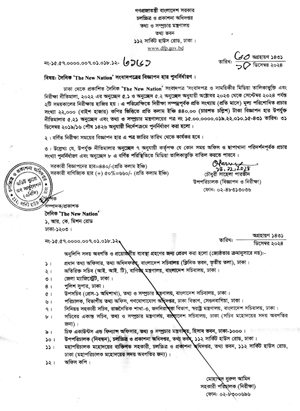Deutsche Welle :
We know that pregnancy completely changes a mother’s body, but new research shows changes in the brain are just as dramatic.
Based on brain scans of one healthy 38-year-old woman’s brain over two years, scientists have created the first comprehensive map of how the brain changes during pregnancy.
The data, published in the journal Nature Neuroscience, found a dynamic reorganization in the mother’s brain – the changes unfolded like clockwork over the course of the pregnancy.
Almost all parts of the brain showed changes in function and anatomy, including in regions involved in social and emotional processing – some of which lasted for two years after the baby was born.
While the research focused on one woman’s pregnancy, the work joins a small body of research showing that the process of being a mother, called matrescence, is another stage of development. Scientists are beginning to discover how hormonal changes during pregnancy and motherhood overhaul the brain’s anatomy and function, as they also do during adolescence and menopause.
“It seems like the human brain goes through this choreographed change across gestation, and we were finally able to observe the change in real time,” said lead author Emily Jacobs of the University of California, Santa Barbara, US.
The brain studied is that of Elizabeth Chrastil, who is also a neuroscientist at the University of California, Irvine. The researchers imaged Chrastil’s brain using magnetic resonance imaging (MRI) every few weeks, starting before the pregnancy and continuing for two years after the birth.
“This was an intense undertaking. We did 26 scans before,” said Chrastil in a media statement with Jacobs.
The researchers found sweeping changes in overall brain neuroanatomy which unfolded week by week during the pregnancy.
Inside Chrastil’s brain, grey matter volume, cortical thickness, white matter microstructure, and ventricle volume all changed.
“The findings are remarkable. It shows that in a relatively short time, pregnancy can alter the brain as much as other life stages, like adolescence,” said neuroscientist Clare McCormack of New York University Langone Health, US, who was not involved in the study.
Some of Chrastil’s brain’s white matter tracts also grew stronger in the second trimester. White matter are the information-sending tracts between brain regions. Stronger white matter tracts means information is being carried more efficiently.
The changes were all over the brain too – “over 80% of my brain regions showed reductions in grey matter volume,” Chrastil said.




